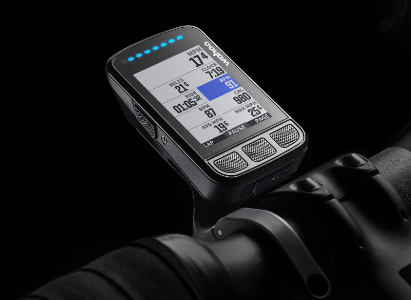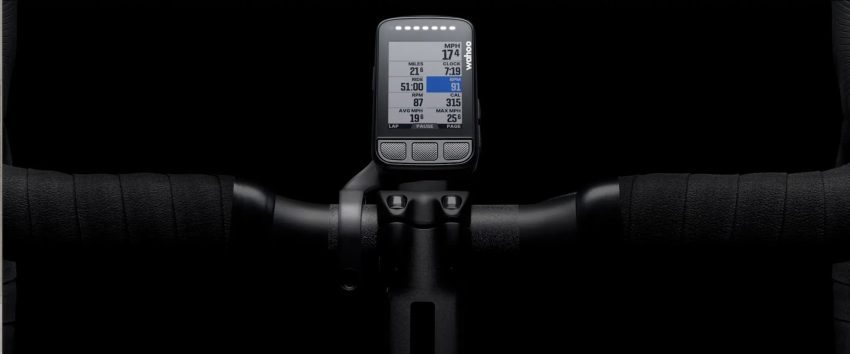ODO is a shortened term for the odometer. It was initially made to measure the distance vehicles traveled during their use. In the case of exercise bikes, ODOs measure the hypothetical distance the cyclist has reached while using the machine.
Its analog predecessors use numerical markers or train gears to show distance. On the other hand, digital ones outright show how far you’ve traveled and are commonly used on exercise bikes.
This is possible through chips or engine control modules (ECM) that store data and sensors that track wheel pulses.
How to Use ODO to Track Your Workouts?

Generally, exercise bikes come with an odometer upon purchase. We might even find it weird when we buy one without it. Because of this, we might find ODOs trivial, but they’re an excellent tool for an effective workout.
They’re usually resettable and can help you keep track of your goals. Here are the ways you can maximize the use of your ODO:
Set Your Goal
Modern or digital ODOs usually allow you to set your target distance or speed. Some models even let you set weekly, monthly, or yearly goals to give you a perspective of how much work you need to do.
Recent exercise bikes have this feature built-in, but some might require connecting to an external app to store and organize your data.
Monitor Your Workout
Since you can see how fast you’re cycling, your ODOs can help you keep tabs if you’re biking too slowly or fast for your goal.
Stationary biking can get boring and demotivating too. Just imagine running for minutes or an hour without something to look forward to.
A short glance at your odometer can definitely motivate you to hit that 15 or 20 miles and boost your performance. Think of your odometer as your silent personal trainer.
Plan for Improvement
Modern ODOs can help store your performance data. It’s usually possible with modern exercise bikes connected to an external app. This way, you can see how you’ve fared in a specific period.
With an external application, the data from your odometer is usually integrated into your heart rate, exercise records, weight, and even your oxygen saturation level.
Overall, these collected data can help you assess your weekly or yearly performance to improve and meet your fitness goals.
Check Other Features
Some recent odometer models have incorporated other features, like heart rate monitors, Bluetooth connectivity, and even wireless sensors.
Though these added features might not be necessary for some users, they can make your stats more comprehensive and your workout session more convenient.
Conclusion
ODO, or odometers, throughout the years, have become more than just a tool to measure distance. It has evolved to make workout sessions more enjoyable and productive.
Though exercise bikes usually have them built-in, most are swappable and can be upgraded to newer ones that provide more features for your convenience.
